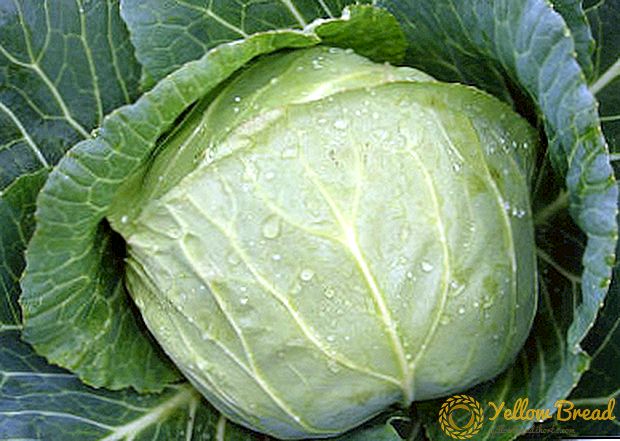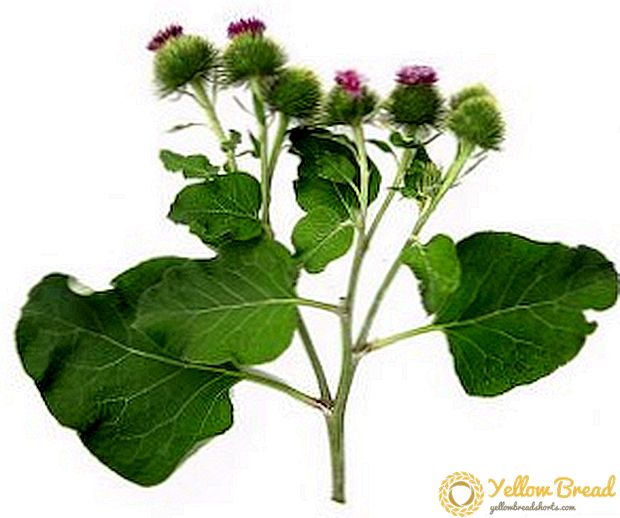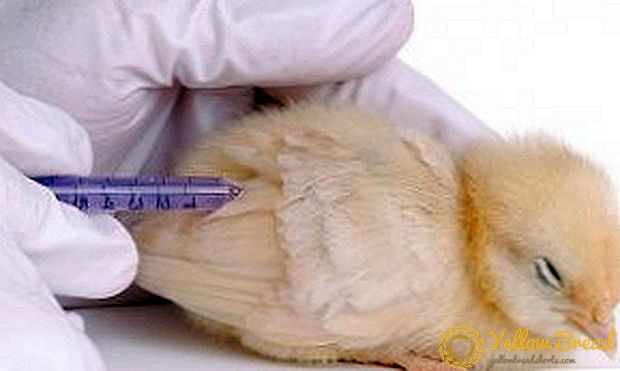 A considerable number of owners of farms and subsidiary farms, buying broiler chicken, think that it will be cheaper and more reliable to grow such chickens in terms of using safe growth stimulants. And many have already gone this way. It turned out, however, that a certain proportion of quite surmountable drawbacks are mixed with these advantages, one important place among which is occupied by diseases of broiler chickens, whose symptoms are easily recognizable, and the treatment methods are tested by many years of experience.
A considerable number of owners of farms and subsidiary farms, buying broiler chicken, think that it will be cheaper and more reliable to grow such chickens in terms of using safe growth stimulants. And many have already gone this way. It turned out, however, that a certain proportion of quite surmountable drawbacks are mixed with these advantages, one important place among which is occupied by diseases of broiler chickens, whose symptoms are easily recognizable, and the treatment methods are tested by many years of experience.
- Broiler resistance to disease
- Noncommunicable Diseases of Broiler Chickens: Symptom Detection and Treatment
- Dyspepsia
- Bronchopneumonia
- Hypovitaminosis A
- Hypovitaminosis B
- Hypovitaminosis D
- Hypovitaminosis E
- Broiler disease prevention
Broiler resistance to disease
When broilers suddenly begin to sneeze and wheeze in a new poultry farmer, the first thought is not about how and with what to treat them, but why it happens at all - after all, the fact that broiler chickens are resistant to diseases is generally recognized.
In fact, it is not a fact that is universally recognized, but a myth about this stability.Broiler species of birds (not only chickens) are specially bred hybrid breeds, moreover, they are gaining weight at an unnatural rate for nature. As a result, they are inevitably whimsical to conditions of detention, the deterioration of which entails some specific diseases. Therefore, when chickens sneeze and wheeze, you need to concentrate and choose what to treat them correctly.
A similar approach should be taken by the host to other manifestations of diseases, and even to the mortality of broilers, that is, it is necessary to quickly determine why it is the chickens that are dying and what measures need to be taken urgently. 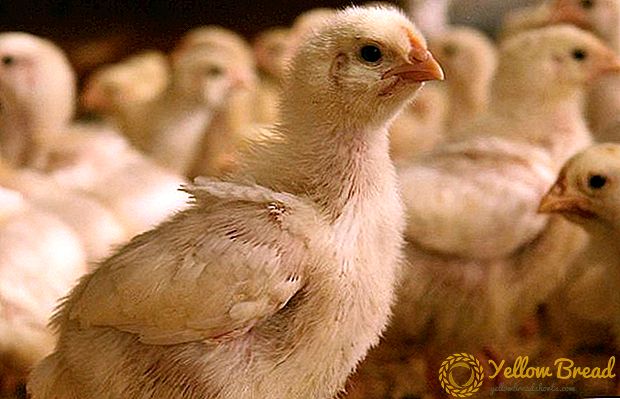 Most of the diseases that result in chickens dying are non-infectious, so there is no need to do something to protect against infections.
Most of the diseases that result in chickens dying are non-infectious, so there is no need to do something to protect against infections.
Care should be taken about rational feeding to prevent hypovitaminosis.
Noncommunicable Diseases of Broiler Chickens: Symptom Detection and Treatment
Considerable experience of growing broiler chickens clearly recorded the most dangerous temporary stages of their growth in terms of susceptibility to disease. These are:
- first five days;
- six days starting from the 20th day;
- six days starting from the 35th day.
Dyspepsia
A severe disorder of unstable digestion, called dyspepsia, explains well why broilers die during critical periods. The digestive tract, the stomach, the intestines of the chicken do not yet have the necessary number of enzymes, and their acidity is below the required level. Among the causes of dyspepsia, except, in fact, the weakness of the digestive system itself:
- Products that even slightly contain rot or mold.
- Poor water.
- Products that require too much energy and time to digest (fats, as well as barley and rye grains).
- Abundant feeding after suffering fasting.
- Sharp change of feed type.
- Use as feed protein, silage, freshly cut grass.
- Deficiencies in the nutrition of hen-producing embryos.
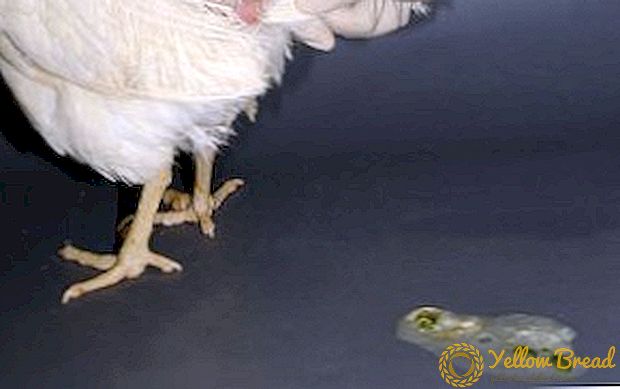 With dyspepsia, chicks become lethargic. At the weakened chickens eyes do not open, necks are pulled out, they badly eat. Well, diarrhea in broiler chickens shows that they need to be treated. If diarrhea in chickens acquires characteristic colors (brown, whitish or green with yellowness), and even foam and mucus are present in the feces, then treatment of the dyspepsia that occurred (and its whole point in eliminating the reasons just listed) should be prompt so as not to lose livestock completely.
With dyspepsia, chicks become lethargic. At the weakened chickens eyes do not open, necks are pulled out, they badly eat. Well, diarrhea in broiler chickens shows that they need to be treated. If diarrhea in chickens acquires characteristic colors (brown, whitish or green with yellowness), and even foam and mucus are present in the feces, then treatment of the dyspepsia that occurred (and its whole point in eliminating the reasons just listed) should be prompt so as not to lose livestock completely.
Bronchopneumonia
If broilers wheeze, then the threshold of the chicken coop crossed bronchopneumonia, and it is necessary to decide what to treat with it. The wheezing is accompanied by a generally intense breathing of birds. In addition, the symptoms of bronchopneumonia are expressed:
- neck extended forward;
- beak open all the time;
- poor appetite on the background of a missing view and sitting instead of active movement;
- ruffled plumage;
- accelerating weight loss.
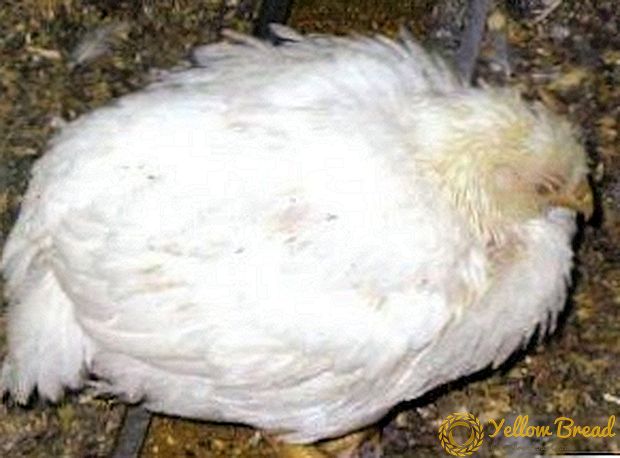 If, despite the preventive measures, broilers still began to wheeze, the veterinarian, having made the diagnosis, will tell you what to treat them with. The drugs used for bronchopneumonia, are known, more than others - erythromycin, gentamicin, proteinospira and oral. Of the relatively new means - enroxil.
If, despite the preventive measures, broilers still began to wheeze, the veterinarian, having made the diagnosis, will tell you what to treat them with. The drugs used for bronchopneumonia, are known, more than others - erythromycin, gentamicin, proteinospira and oral. Of the relatively new means - enroxil.
- treat chicken nostrils with streptocidal powder;
- Seek advice from a veterinarian who makes an accurate diagnosis.
Hypovitaminosis A
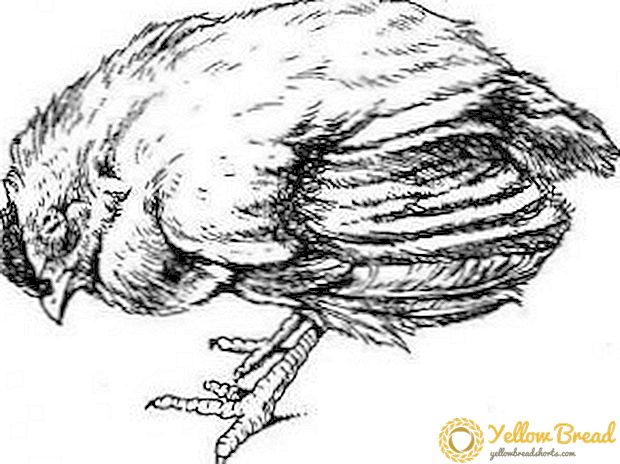 Vitamin A is extremely important for the body of the chicken (aka retinol), which is, firstly, an antioxidant, and secondly, plays an important role in maintaining the normal functioning of the immune system.Vitamin A is necessary for good vision and normal development of bone tissue.
Vitamin A is extremely important for the body of the chicken (aka retinol), which is, firstly, an antioxidant, and secondly, plays an important role in maintaining the normal functioning of the immune system.Vitamin A is necessary for good vision and normal development of bone tissue.
Therefore, deciding what to do if broilers do not grow well, the first thing to do is to check if there are any other symptoms of hypovitaminosis A:
- night blindness, i.e., twilight vision disorder;
- inattention to the feed;
- wagging when walking against the background of general passivity.
Hypovitaminosis B
Paralysis of the wings and legs, increased goiter and drooping of the head are characteristic signs of hypovitaminosis B.
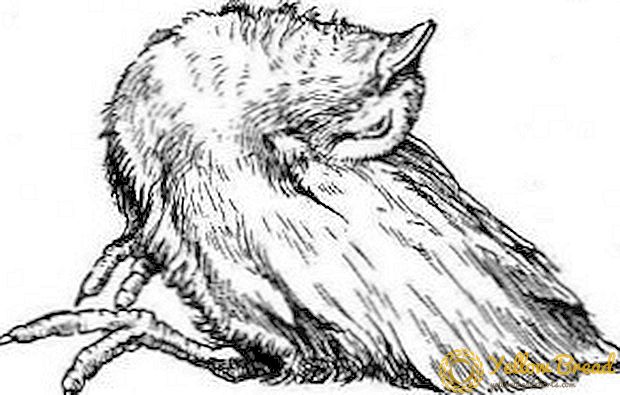 In addition, broilers, in the body which lacks this important component, look, as a rule, chickens, reject much of the food and slowly increase in growth. It becomes clear why the chickens are lowering their wings and what they need to be treated immediately. Herbal flour and green, meat and fish supplements will add vitamin B to the chicken body.
In addition, broilers, in the body which lacks this important component, look, as a rule, chickens, reject much of the food and slowly increase in growth. It becomes clear why the chickens are lowering their wings and what they need to be treated immediately. Herbal flour and green, meat and fish supplements will add vitamin B to the chicken body.
Hypovitaminosis D
Metabolism involves normal calcium-phosphorus metabolism, and, accordingly, the sufficiency of vitamin D (calficerol) in the body.Chickens in this regard are no different from other cubs - the disappointing outcome of hypovitaminosis D is the emergence and development of rickets that makes the bones of the skeleton too soft.
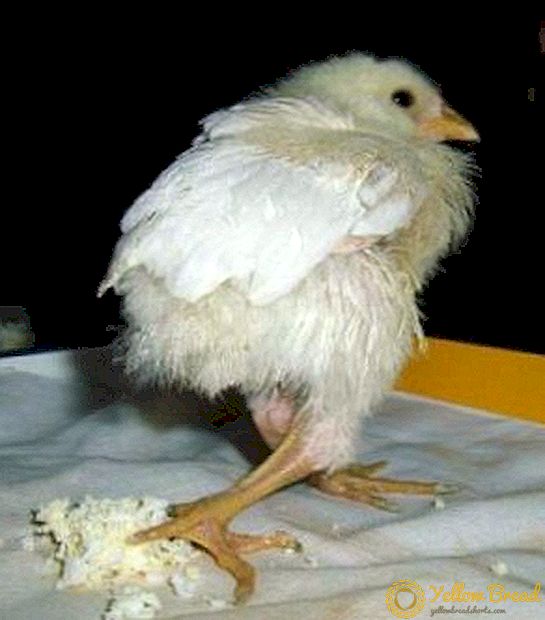 It is advisable to notice the appearance in time. symptoms, which are:
It is advisable to notice the appearance in time. symptoms, which are:
- general weakness;
- swollen abdomen in combination with anorexia and diarrhea;
- lameness of trembling limbs;
- increasing head size.
Recommendations:
- space and improved illumination;
- compulsory walking;
- balanced in terms of the content of vitamins and nutrients, food with the obligatory presence of calficerol and fish oil in it.
Hypovitaminosis E
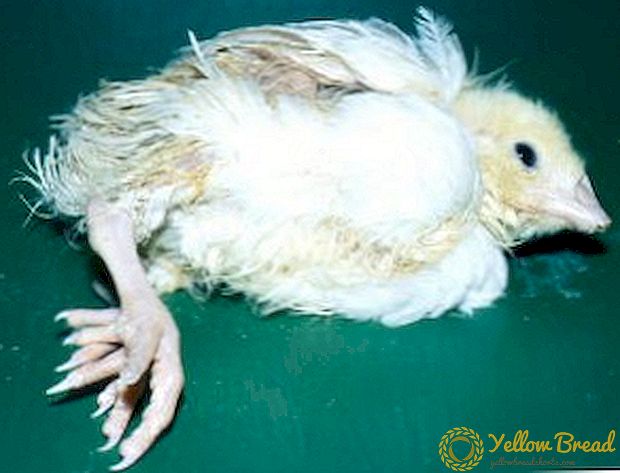 This type of hypovitaminosis, caused by a lack of vitamin E, is observed in chickens who have reached, as a rule, three weeks of age. And for the next crescent the danger persists. In addition to general weakness, characteristic of other diseases, specific signs of hypovitaminosis E include convulsive twitching and partial paralysis of the limbs (wings can also descend).
This type of hypovitaminosis, caused by a lack of vitamin E, is observed in chickens who have reached, as a rule, three weeks of age. And for the next crescent the danger persists. In addition to general weakness, characteristic of other diseases, specific signs of hypovitaminosis E include convulsive twitching and partial paralysis of the limbs (wings can also descend).
Prevention and treatment are the same - in the food supplements are used (during the period of the disease more than usual) grass meal and germinated rice.
Broiler disease prevention
Prevention of treatment of broilers is reduced primarily to the optimal conditions of their content. To do this:
- place the young growth on a warm litter in a room where the air temperature, containing at least 17% oxygen, is brought to +32 degrees;
- do not plant too many chickens in one cage - they should not be cramped;
- warm drinking water to saturate with vitamin C and glucose (ascorbine - 2 g / l, glucose - 50 g / l) - this is exactly what you need to drink chickens for diarrhea;
- use small-scale feeding (not more than six times a day), adding to the diet of low-fat cottage cheese, yogurt and whey, taking care that products that have lime are not mixed in;
- timely replace wet and dirty litter;
- never allow hypothermia chicks.
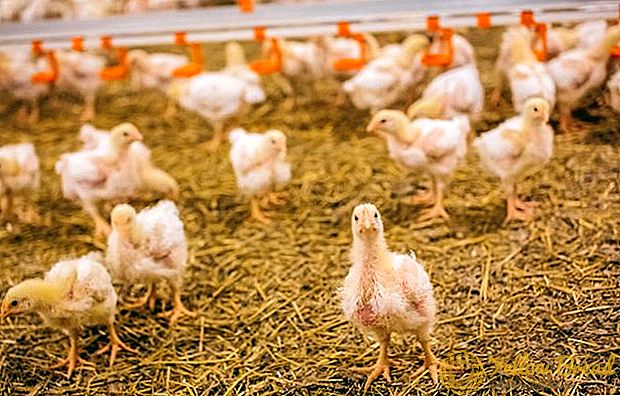 Disinfection of premises where broilers are raised is usually recommended as a preventive measure for infectious diseases, but it doesn’t become excessive to prevent non-transmitted diseases.
Disinfection of premises where broilers are raised is usually recommended as a preventive measure for infectious diseases, but it doesn’t become excessive to prevent non-transmitted diseases.Care for broiler chickens requires scrupulousness and endurance. Having learned how to treat chickens at home, it will be much easier to endure the entire season. The effort expended will pay off perfectly when the weight of the chicken herd increases ten-fold times in a month and a half (it can even be up to fifty).

